Small-flowered clematis: varieties, planting, care and reproduction
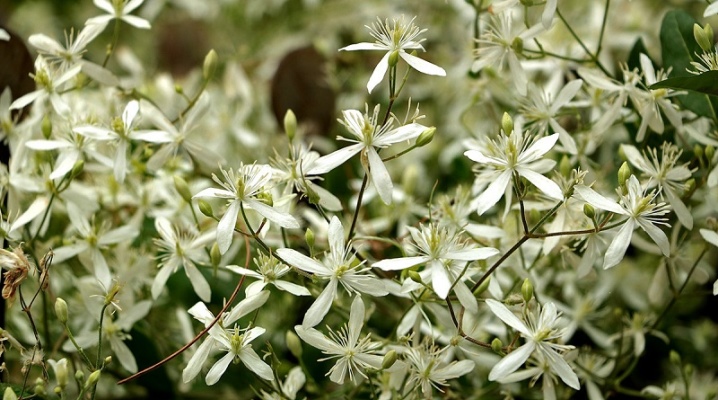
Small-flowered clematis is otherwise called "clematis". This plant often loses to shrubs with large flowers, although it is distinguished by its peculiar beauty, does not require complex care. Moreover, this garden decoration can be left to its own devices and not taken care of at all. A small flower looks very nice in a group with other plants.
The varietal variety allows you to choose high-type clematis that are able to hide a fence, small buildings. There are also those that can be decorated in the form of spectacular bushes. Reproduction, planting, care are extremely simple.
Lomonosov is characterized by rapid growth and abundant flowering.
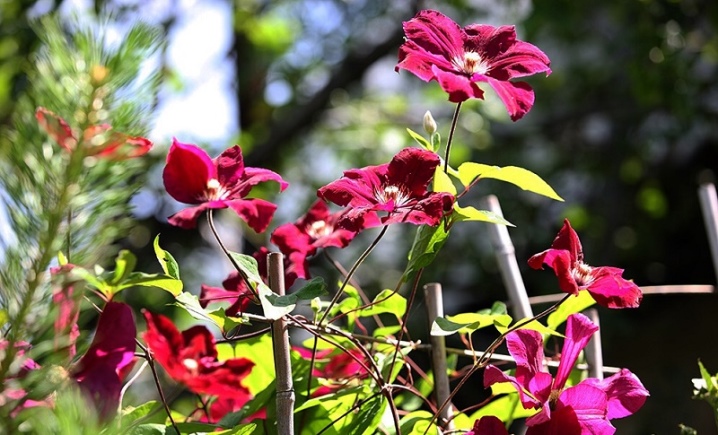
general information
The small-flowered group of clematis is preferable to breeding, not only because it is unpretentious and looks beautiful. It is very important that most varieties are frost-resistant and grow well in different regions of Russia. Another advantage is that flowering occurs on those shoots that have formed in a given year, so pruning is not difficult. Externally, clematis is a climbing plant, with abundant flowering of various sizes.
Small flowering can have a different shape and shade, depending on the variety. Leaves can be light or dark. There are also species with erect stems.
Clematis are classified into different groups. The assignment to one or another of them occurs by assessing different parameters:
- height;
- flowering type;
- color spectrum;
- breeding type.
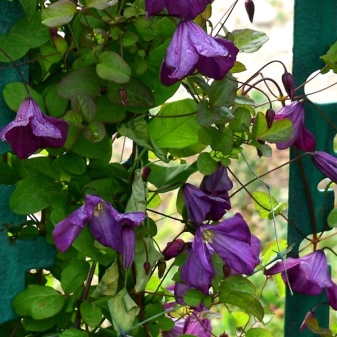
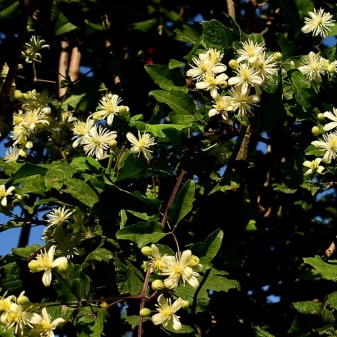
Each group has its own characteristics that should be considered before purchasing clematis. Breeders distinguish the following groups:
- "Armandi";
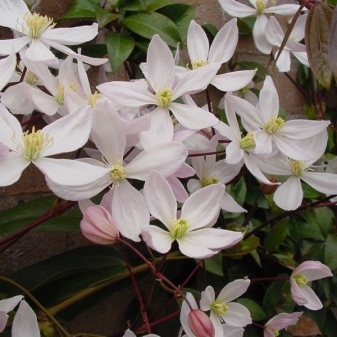
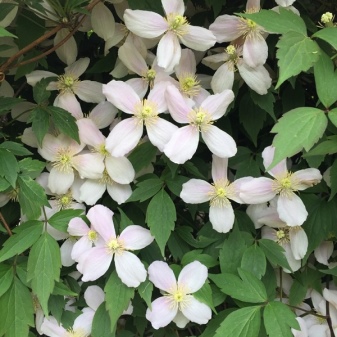
- "Atrezhen";
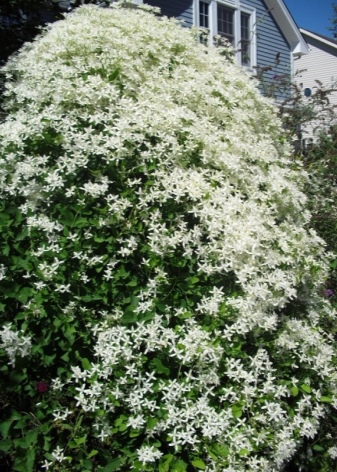
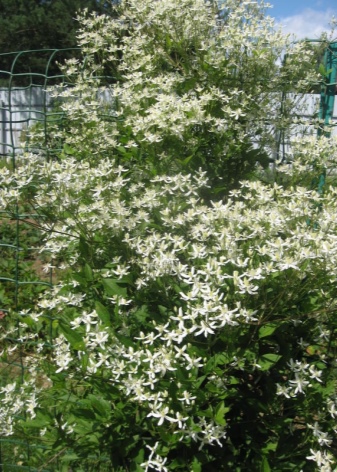
- "Heraclifolia";

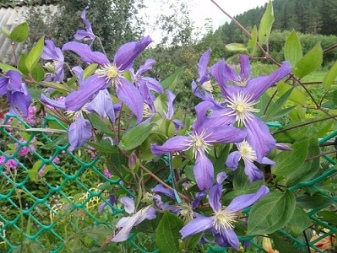
- "Intergrifolia";
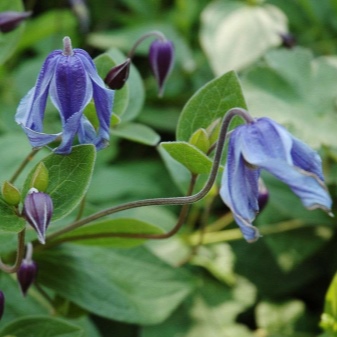
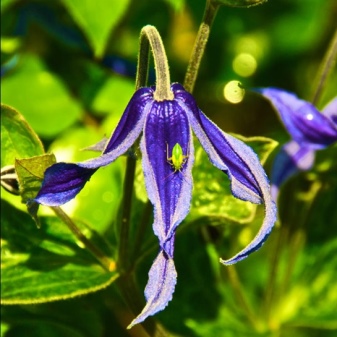
- "Tangutika";

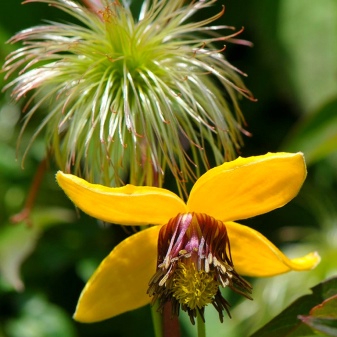
- "Texensis";
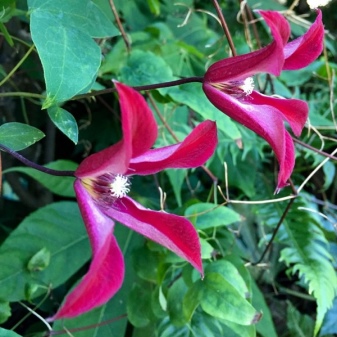
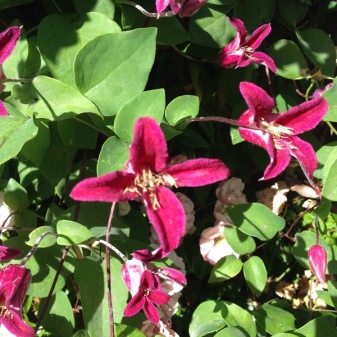
- Viticella.
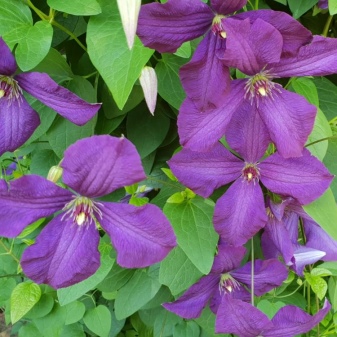
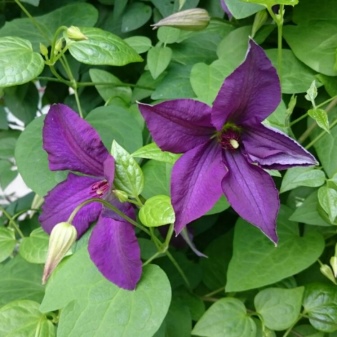
Varieties with description
The varietal variety of small-flowered clematis is very great. We offer the most popular varieties that are in demand among gardeners.
Purple clematis:
- colors range from faded to dark, saturated;
- stamens are light green, up to 5 mm;
- bloom from mid-summer to autumn, belong to the 3rd group of pruning;
- the flowers are small, their number on the bush is very large;
- outwardly a very beautiful plant, delicate, gives the impression of openwork;
- not too fast-growing, can grow for several decades to a maximum height of 5 m;
- it is very easy to propagate by seeds, the germination percentage is large;
- can do without pruning and shelter for the winter.
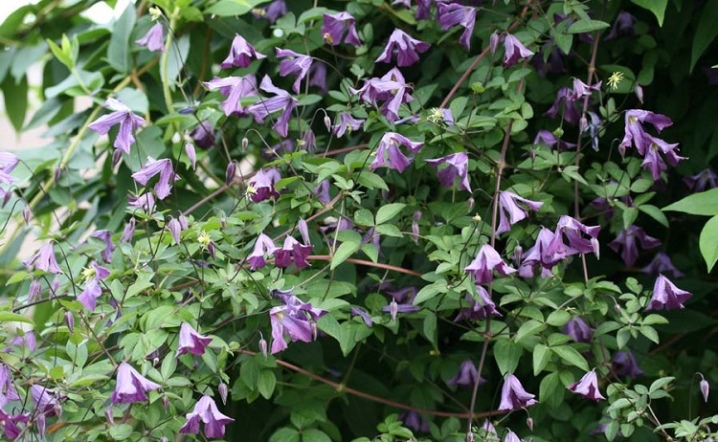
Clematis straight:
- has a white bloom of an abundant type;
- fragrant variety;
- shoots of a raised type, support is needed only as a leaning, no coupling occurs;
- lack of a garter will lead to spreading;
- it is necessary to prune well;
- flowering occurs from the beginning to the end of summer;
- the bush can grow about a meter in height, sometimes a little higher;
- a rather slender shrub, elegant, bright due to the many snow-white flowers;
- often used as a background for other varieties, for example, mid-flowered.

Grape-leaved:
- has a huge number of flowers of a white-cream shade;
- at the beginning of flowering, the petals are light green;
- diameter up to 2.5 cm;
- anthers to match the petals;
- blooms from July to September;
- reaches a height of up to 7 m;
- aroma is pronounced;
- does not require pruning, shelter for the winter;
- tolerates frost well;
- an ideal way to decorate fences, buildings;
- easily propagated by seeds.

"Summer Snow":
- the bush is decorated with snow-white flowers growing in huge numbers;
- diameter up to 5 cm;
- aroma is intense, sweetish;
- blooms from mid-summer to September;
- in height it can grow up to 7 m;
- propagates by cuttings.
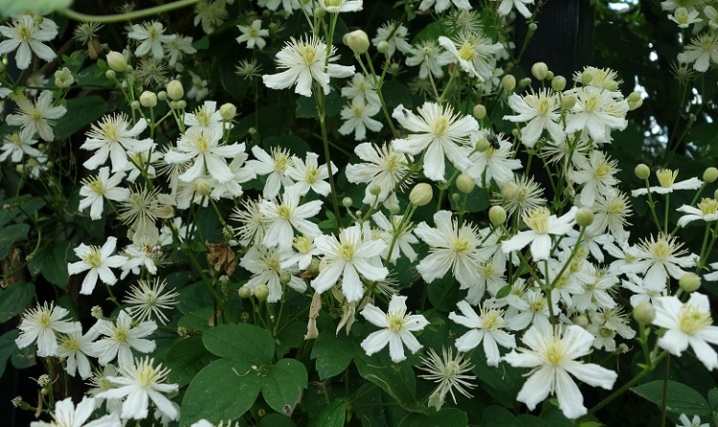
Tangut:
- flowering yellow;
- flower shape - flashlight;
- late flowering plant - the bush is decorated until October;
- grows in height up to 5 m;
- trimming group - 3;
- requires a lot of sun, in this case it blooms more abundantly;
- you need to cover at least with foliage for the winter;
- perfectly reproduces by seed.
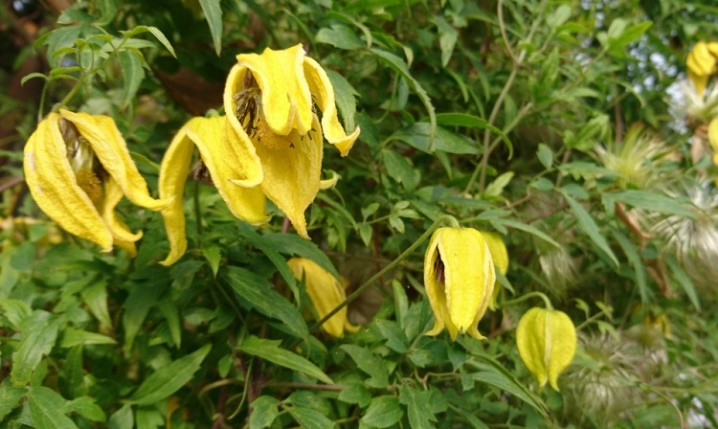
Kermesina:
- the French variety has a red bloom;
- size up to 7 cm;
- the shape is slightly elongated;
- very bright and showy bush with abundant flowering.
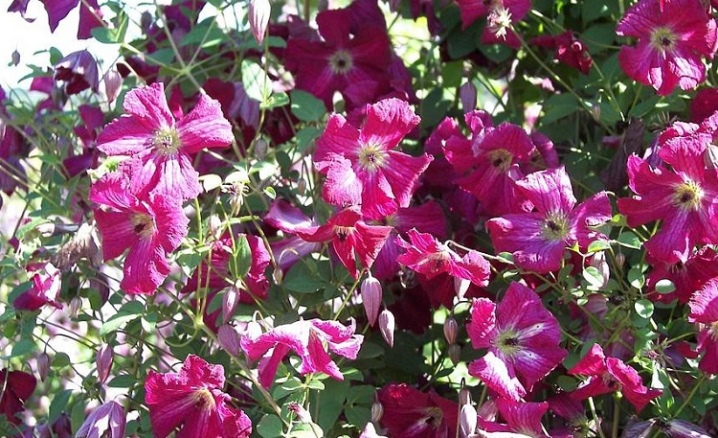
Hogweed clematis "Cassandra":
- has small blue flowers with a tint of silver and hyacinth;
- strong aroma;
- blooms from mid-summer to autumn;
- reaches a meter in height;
- very beautiful embossed flower shape;
- it is necessary to tie up.
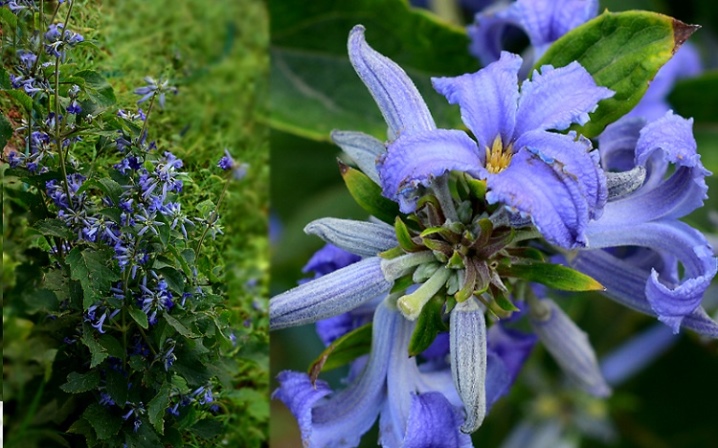
Autumn clematis:
- height up to 9 m;
- glossy hard sheet;
- flowers are arranged according to the type of a star;
- the diameter of a light flower is up to 2 cm;
- the aroma is sweet;
- blooms late, until mid-autumn;
- flowering is extremely abundant;
- a Japanese variety that loves the sun.
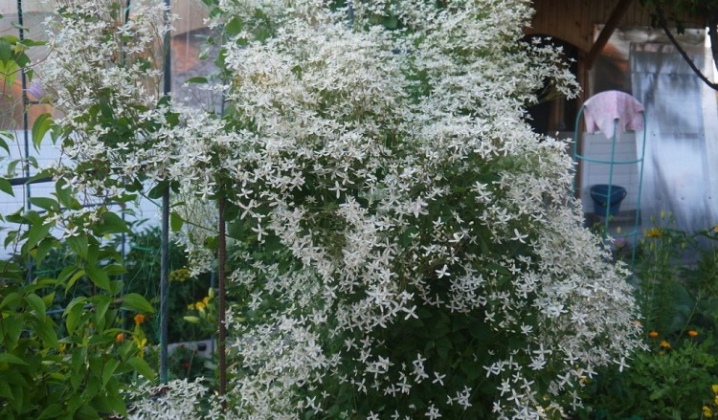
Features of cultivation and reproduction
This plant does not usually cause problems for gardeners. After the flowering period is over, clematis decorates the landscape with a spectacular view of greenery and fluffy seeds until winter. This group of plants originates from latitudes with a temperate climate, therefore it takes root well in different climatic regions. Some types need a garter, pruning, but many do without these procedures.
Shelters for the winter require only a few varieties, and even then the minimum.
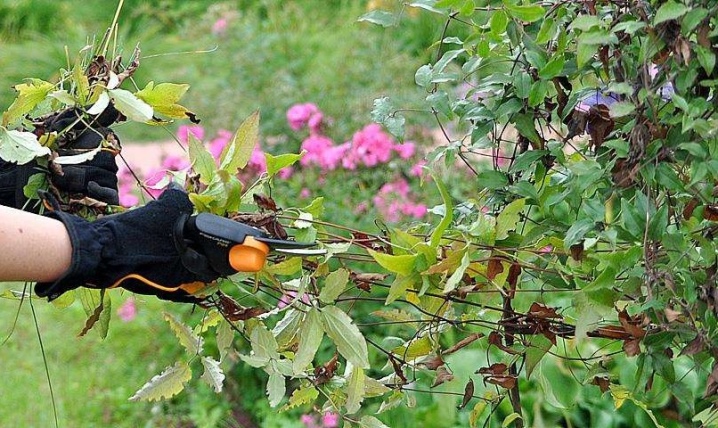
Landing rules:
- disembarkation is carried out in spring or autumn;
- it is necessary to choose a sunny place without stagnant groundwater;
- the site must be protected from the wind;
- a hole is formed, measuring 60 by 60 cm, the size of the hole should allow the roots to be placed freely;
- the soil is fertile, loose, with the addition of compost and wood ash;
- a drainage layer is required, at least 10 cm;
- broken ceramics or bricks, pebbles, small stones, sand are suitable for drainage;
- after backfilling with soil, the soil is mulched with hay, sawdust, and fine bark.

Clematis looks great on various types of supports: gazebos, pergolas, arches, trunks, house facades, walls of outbuildings, stairs, balconies and terraces.
Reproduction of small-flowered clematis is carried out by:
- layering;
- dividing the bush;
- by the seed method;
- by cuttings.
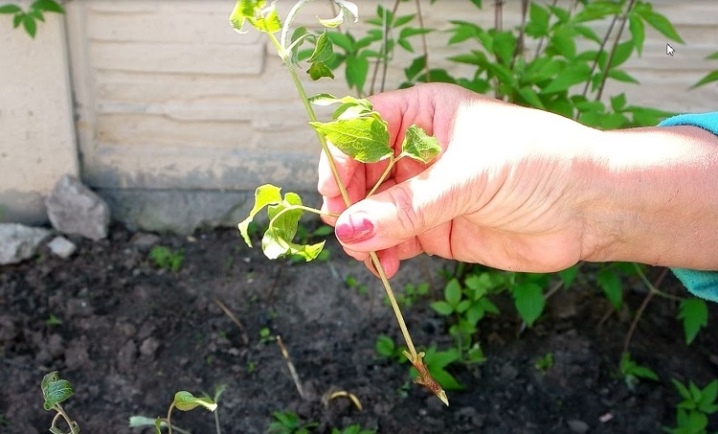
Care
The undemandingness of small-flowered species of clematis is well known, however, there are conditions in which it grows most actively, develops well and blooms profusely. There is a set of simple care measures that do not require serious effort, but will benefit clematis.
Optimally provide the plant with:
- good lighting without the constant presence of direct sunlight;
- in the northern regions it is better to choose sunny areas, in the south - more darkened;
- the amount of sun affects the amount and quality of flowering;
- soil is preferable with a moderate degree of moisture;
- periodically loosen the soil;
- regular weeding is necessary;
- the top layer of the earth should not dry out;
- the plant loves moisture, watering is carried out every 5 days at the root;
- feeding is enough to carry out once every couple of years, alternating substances of the mineral and organic type.
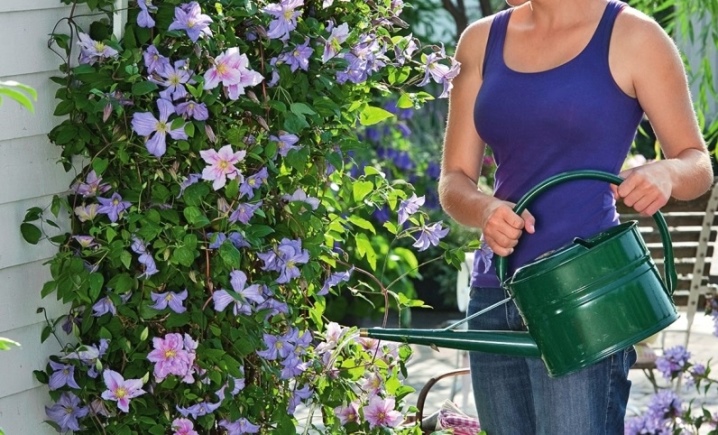
A liana-like plant needs support, while you first need to think about where the growth will be directed. Pruning is not required for all varieties, and only if the plant does not look the way you would like it to. Pruning is carried out as it grows, and the process also perfectly stimulates the flowering of clematis. The first time clematis is cut during the disembarkation period, in the spring, shoots are removed from the side, in the fall - everything.

Diseases and pests
Very often, clematis suffer from diseases of an infectious and fungal type. The most dangerous:
- rust;
- rot of all kinds;
- spotted infections;
- powdery mildew.
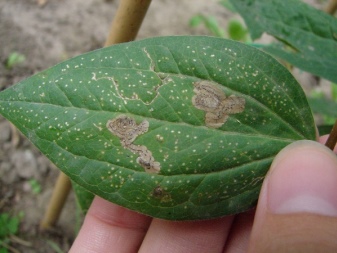
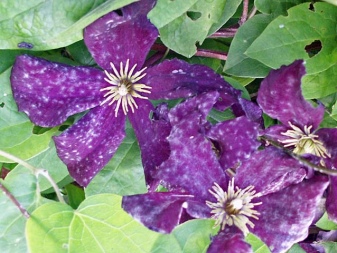
If you notice signs of the disease, you must immediately take action:
- remove all damaged branches, shoots, if this is not done, the infection will hit the roots and clematis will die;
- after removal, irrigation should be carried out with solutions of azocel, foundation;
- spraying with polycarbocin is carried out;
- a solution of copper sulfate is used for spraying against spots of all types.
Insects are another serious danger. To prevent their attacks, it is better to take care of this in advance and plant such plants as calendula, marigolds, saffron nearby - they scare off pests. The following preventive measures are important:
- timely trimming of foliage from below;
- good care.
Having noticed the attacks of pests, it is necessary to remove all areas that have been affected by the lesion, and carry out the treatment with fugnicides according to the instructions.
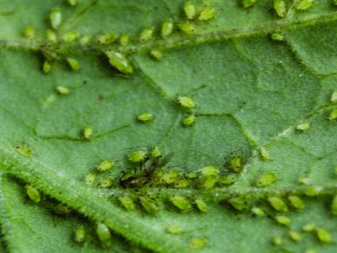

Watch a video on the topic.







































































































The comment was sent successfully.